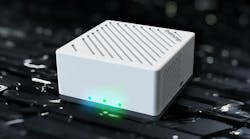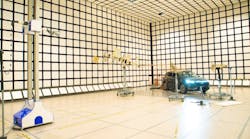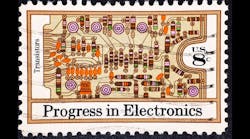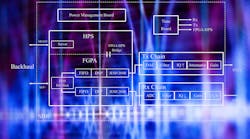Developments in smart-home electronics and home automation are driving new generations of human-machine interfaces. Handheld universal remotes are extending their capabilities at the same time that remote-control functionality is finding its way into touchscreen devices and even smartphones. Voice-based control using the connected intelligence of smart speakers has gained a high profile, too, though this approach raises privacy concerns.
Gestures, which do not rely on cloud-based intelligence to understand and act on spoken word commands, are an exceptionally promising approach to home-automation control. They are evolving on several fronts.
Wearable (arm-band like) devices and visual/infrared systems have moved from control of entertainment to commanding other in-home systems. However, wearable solutions are limited as a home interface, since a physical device is not greatly superior to current handheld or smartphone-based controls. Vision-based systems also face limitations related to ambient lighting, precision, and the simple requirement that light sources and cameras cannot be hidden within a device. Thus, visual sensors will not be able to control the types of invisible devices envisioned for the in-home Internet of Things (IoT).
On the Radar
Advances in compact low-power radar, based on technology developed by Infineon for the Google Soli project, will take gesture control to a new level in addressing IoT applications in and beyond home environments. With this technology, manufacturers have an opportunity to deliver a nearly magical user experience.
Radar has already made inroads in presence detection, with applications that include automated door opening, security, and lighting control based on systems operating in the 24-GHz range. Moving to millimeter-wave frequencies, the unlicensed V-band (57-64 GHz) brings advantages of precise resolution and low likelihood of interference with nearby systems. Infineon collaborated with Google to develop a single-chip radar integrated circuit (IC) that operates in the V-band. The technology was successfully demonstrated in two iterations—first in 2015 and then in 2016 at the Google I/O Conference.








